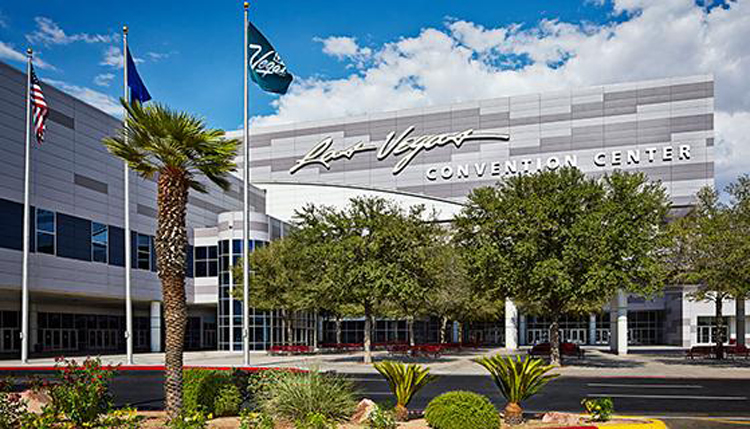On Thursday representatives of Governor Brian Sandoval’s Southern Nevada Tourism Infrastructure Committee were presented with the most detailed look to date of plans for the $2.3 billion expansion and renovation of the Las Vegas Convention Center.
The Las Vegas Convention and Visitors Authority (LVCVA) obliged the 11-member committee’s October request for additional details of the plans and provided it with a timeline for bidding and construction, a detailed description of plans, and an explanation as to how cost estimates were calculated by planners. The information provided was taken under advisement by the committee. It was the fourth of five fact-finding sessions and it will be revisited in the early part of 2016 when the committee undertakes identifying potential sources for funding and prioritization of projects. The committee is also reviewing downtown Las Vegas and the Strip’s need for improved pedestrian flow, improvements to mass transit and transportation in the resort corridor, as well as a stadium venue, and an increased police presence. An investment of $47 million by the city to improve the streetscape has already been made with an additional $177 million to be invested over the next five years.
Earlier this year the Convention Center’s four-phase program began with the $182.5 million acquisition of the Riviera property. The fully funded phase included the acquisition, demolition and grounds conversion of the Riviera in time for the CONEXPO–CON/AGG’s March 2017 construction equipment trade show. Phases two through three include the construction of an exhibit hall and other spaces budgeted at $860 million running from late 2016 to the end of 2020, a renovation of existing convention facilities budgeted at $540 million to run from early 2020 to 2022’s end, according to the Las Vegas Review-Journal.
Those changes would make Las Vegas’ Convention Center more competitive with other cities new centers. Scheduling the construction of the new building first will enable uninterrupted service as host to major conventions. Phase four has yet to be scheduled and is without funding and detail, but is anticipated to coincide with the existing Riviera footprint.
A busker ordinance has already been adopted by the city to improve pedestrian flow in the Fremont Street Experience. Packaged liquor requirements have also been implemented, along with Metro patrols being increased and the installation of 22 cameras. A transportation circulator system for downtown Las Vegas is also in the works and taxi staging areas have been increased at downtown hotel properties.
The committee’s final fact-finding meeting on the resort corridor’s street, highway and transit needs will take place in late January.



